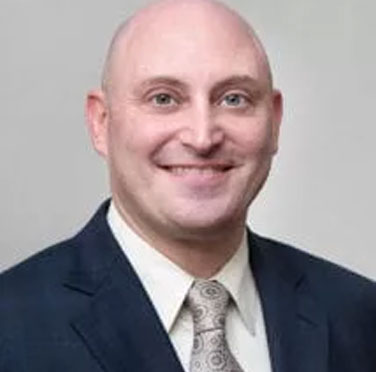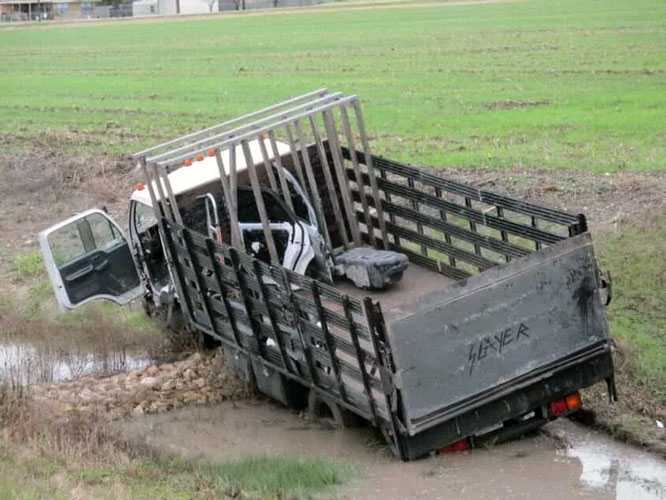
TxDOT goal: No traffic deaths by 2050

Texas Department of Transportation officials have set a goal of eliminating traffic deaths statewide by 2050, with a midpoint goal of reducing deaths by half by 2035.
With 3,641 traffic deaths statewide in 2018, nearly 10 per day, deaths would have to drop by about 120 annually to meet those goals. The last day without a death on a Texas road was Nov. 7, 2000.
The order adopted by the five-person Texas Transportation Commission, which oversees TxDOT, calls on the department to develop a plan to reach that goal. While the commission did not outline specific measures to decrease fatalities, officials flagged possible options the department could pursue.
“Today was really just to make a commitment and to set a goal to let everyone know in Texas that we are serious about getting to a point where we have zero deaths on our roadways, and it’s really going to take every Texan committed to this action,” TxDOT spokeswoman Veronica Beyer said.
Texas Transportation Commissioner Laura Ryan said Texans should not accept Texas traffic deaths as commonplace and should personally commit to that zero number last achieved over 18 years ago.
“That’s a world before we had iPhones. It’s a world before Facebook. That’s a pretty long time, and people are shocked by that,” Ryan told the American-Statesman.
Robert Wunderlich, director of the Center for Transportation Safety at Texas A&M University’s Transportation Institute, said the goal articulates a vision and expectations TxDOT officials should promote.
“I think when you ask the question how many people in your family do you think should die between now and 2050 on the roads, I think the answer would be zero,” Wunderlich told the Statesman.
Officials said most traffic fatalities are preventable, and they identified vehicle, road and human factors, some of which TxDOT can directly mitigate.
Some possibilities, like adding rumble strips or widening shoulders, have already reduced accidents by alerting drivers to drifting or giving more space for drivers to spin out.
Yet an equal factor in the high number of traffic fatalities is the increased volume of cars on the road since the economic downturn a decade ago, Wunderlich said.
Part of a successful effort to reduce traffic deaths would be funding law enforcement campaigns such as Click It or Ticket year-round.
Part of the effort would involve continuously analyzing possible improvements to roads whenever a stretch is slated for work, Ryan said. TxDOT is currently pursuing a metric that would score a road’s safety.
Technology is also on TxDOT’s side. Structural improvements in vehicles have reduced the severity of injuries from accidents, and advanced driver-assistance systems, which warn or wrest control from drivers, reduce human error like distracted driving accidents. Roads will become safer as a higher percentage of cars on the road have these systems.
The adoption of the new goal coincides with the 2019 Traffic Safety Conference, hosted this week in San Antonio by the Texas Transportation Institute. The conference, which runs through Friday, tackles such issues as distracted driving, speeding and pedestrian accident safety.
TxDOT also launched a campaign Thursday to remind drivers to be alert for motorcycles. In 2018, 417 fatalities were cause by motorcycle accidents in Texas, down from 501 the year before.
In 2017, Gov. Greg Abbott signed a law banning texting while driving. Laws already prevented drivers under the age of 18 from using a phone, even with a hands-free Bluetooth device.
In May 2016, Austin adopted Vision Zero Action, which similarly calls for zero traffic deaths in the city by raising awareness of drivers, law enforcement and road engineers.
Yet in Austin, traffic deaths are up 30% from last year, Austin Police Chief Brian Manley said this month.